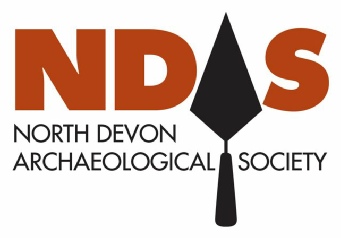What is Grey Literature?
Grey literature is that produced in the form of reports for developers and local
planning authorities by commercial archaeology units and historic buildings consultants.
It is in the public domain and an archive of such reports is held by the Archaeological
Data Services (ADS) at the University of York. The archive effectively starts around
2006 and there is up to a three month lag in incorporating new reports. Unlike what
might be described as the official or ‘black literature’, the grey literature has
not been subjected to independent and anonymous peer review, which characterises
reports published in learned journals. However, most commercial archaeological units
operate a system of internal quality control and tricky issues will have been discussed
in-
The planning process in England now requires developers and local planning authorities
to pay attention to archaeology and the historic environment. Planners may require
some form of archaeological assessment of sites and properties proposed for development
or alteration. In part, this is determined by what appears in the Historic Environment
Record (HER) and other evidence of archaeological or historic remains already known
from the site or nearby. In the case of both districts the HER is often quite thin,
which reflects the absence of archaeological investigations in the twentieth century,
rather than a real absence of actual or potential archaeology. The area is remote
from favoured areas such as Dartmoor and Exmoor, and is also remote from most centres
of archaeological expertise, which tend to be found in the south and east of the
county. Also, there were few nineteenth and early twentieth century amateur archaeologists
active in the area and visits by those from further afield tended to be to Exmoor
and very few seem to have ventured south-
In the August 2014 issue of Current Archaeology, Andrew Selkirk argued that a useful task for local archaeological societies would be to review, synthesise, and assimilate the grey literature to what was already known in their local area. The North Devon Archaeological Society has decided to endeavour to do this for the two local authority districts which it covers. Sites are listed in alphabetical order of parishes in the annual reviews.
Northern Devon is the generic term used here for the two contemporary local government areas of North Devon District Council and Torridge District Council.
Notes on use
The reviews of each district summarise the various grey literature reports and link the findings to the general picture of archaeology in northern Devon. Should recourse to the original reports be required by users of the NDAS web site, then a couple of points need to be noted.
1. The ADS web-
2. We also found in the reports produced by commercial archaeology units that there were sometimes errors in the grid references to sites. The grid references given by us in the annual reviews have been checked with current OS maps at 1:25,000 scale.
Promoting awareness of the archaeology and history of North Devon

Copyright © 2015-